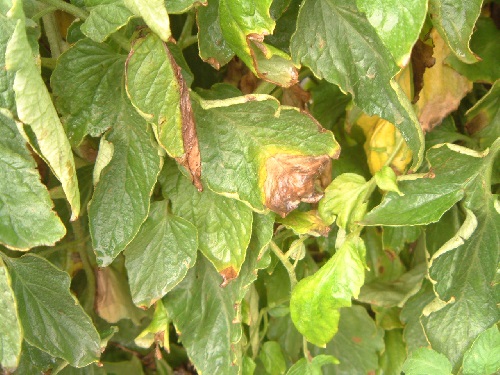Florida Farming Under Cover

There are nearly 200,000 acres of major fruit and vegetable crops in Florida. The majority of those acres are outdoor culture on plastic beds. UF/IFAS has committed a significant 10-year investment in studying the potential for protected production to reduce inputs and increase yields.
UF Horticultural Sciences Department chair Dan Cantliffe is leading up the “Protected Agriculture Project.” He says protected agriculture is a high-tech, high-yielding approach to growing fruits and vegetables in passively ventilated greenhouses using sustainable irrigation methods and low use of chemicals via integrated pest management and biological controls. In some cases, yields have been increased by 10-fold using this technique.
“The technology has been introduced in Europe, Canada, Mexico, China, Korea, Japan, and in the Middle East where protected agriculture enables year-round production yet conserves resources and minimizes pesticide use,” says Cantliffe.
Fit In Florida
Traditional vegetable production faces many challenges, some of which protected agriculture might help address. These challenges are 1) increased regulation of water, fertilizer, and pesticide inputs, 2) loss of a major soil fumigant, methyl bromide, 3) increased urbanization and loss of some of the more desirable (warmer) production land in southern Florida, and 4) continued challenges from weather, including freezes, winds, and rain.
Like its name, the system of production protects crops from the weather, pests, and diseases, while utilizing water more efficiently. While there is an initial investment in the protective structure, the costs are not as high as the hydroponic systems that a few have established in Florida.
UF/IFAS will continue to study protected agriculture’s fit in Florida and act as a source of information for growers interested in this form of production.









